Star Trek: The Next Generation Inspired The Worst Episodes Of Later Fan-Favorite Series
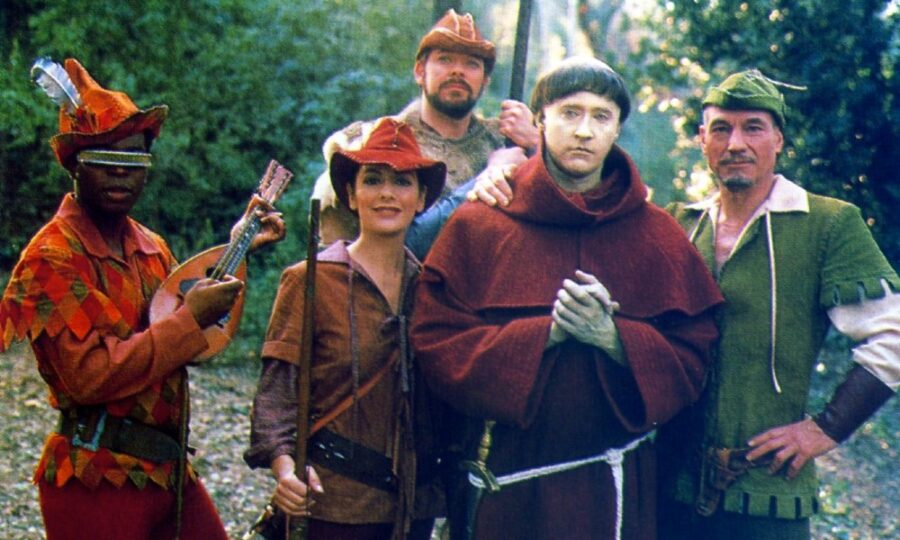
Star Trek: Deep Space Nine was a spinoff of The Next Generation, and like its predecessor, it had a very rocky start. Originally, DS9 was conceived as a show that would be very different from TNG, but after the pilot, Paramount grew nervous that the new show was too dark and too different from what came before. This prompted bringing in fan-favorite characters like Lwaxana Troi and Q, leading to some of the worst episodes in the series.
Deep Space Nine Was Always Meant To Be Different
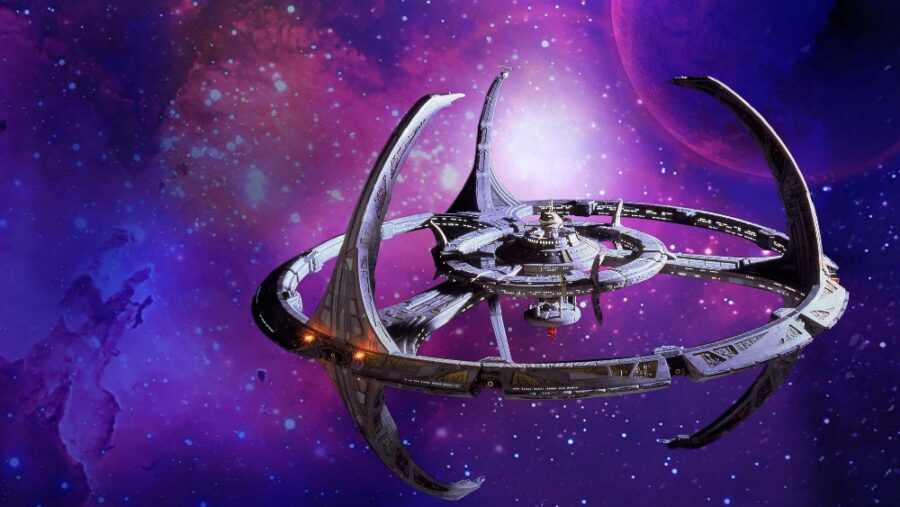
Originally, Deep Space Nine was intended to be a series where writers could tell the kinds of stories that The Next Generation never could. In fact, this is what Michael Piller told Ira Steven Behr while they attended a baseball game together: “This show is going to reflect your sensibilities, it’s going to be edgier, funnier, grittier, more character-driven, and after two years I’m going to hand the show over to you.”
All of this sounded great to Behr, someone who had stopped writing for Star Trek: The Next Generation because of the difficulty that came with creating episodes that followed all of franchise creator Gene Roddenberry’s bizarre storytelling rules. Notably, Roddenberry got angry at a Behr script that portrayed Picard as someone scared of getting older instead of as an implacable John Wayne figure.
Complex Characters With Varied Motivations
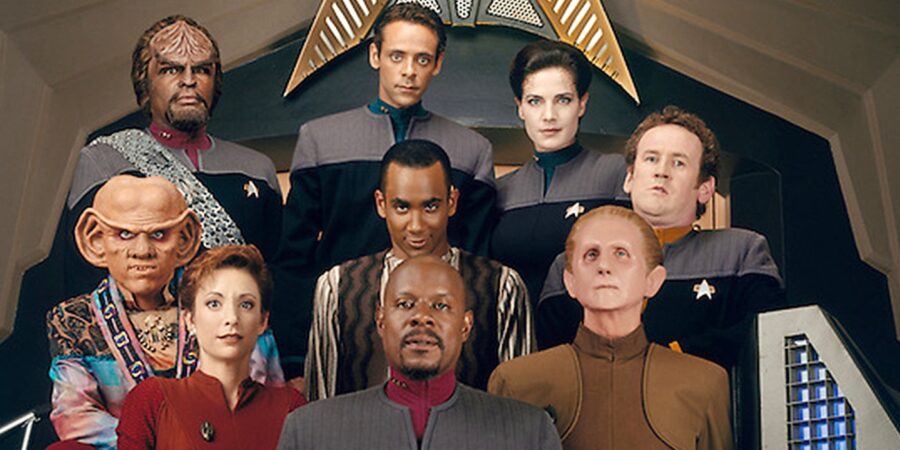
Accordingly, Behr helped develop a Deep Space Nine series bible full of characters with much rougher edges than the crew of The Next Generation. The premiere episode of DS9 did a great job introducing those characters as well as the setting (which ranged from a former Cardassian space station to a planet just recently liberated from Cardassian occupation), but Paramount almost immediately worried about the monster they had created. According to Behr, Paramount didn’t mind having a darker show, but executives developed “cold feet” and wanted the new spinoff to be more like The Next Generation.
Cross-Over With TNG Guest Stars
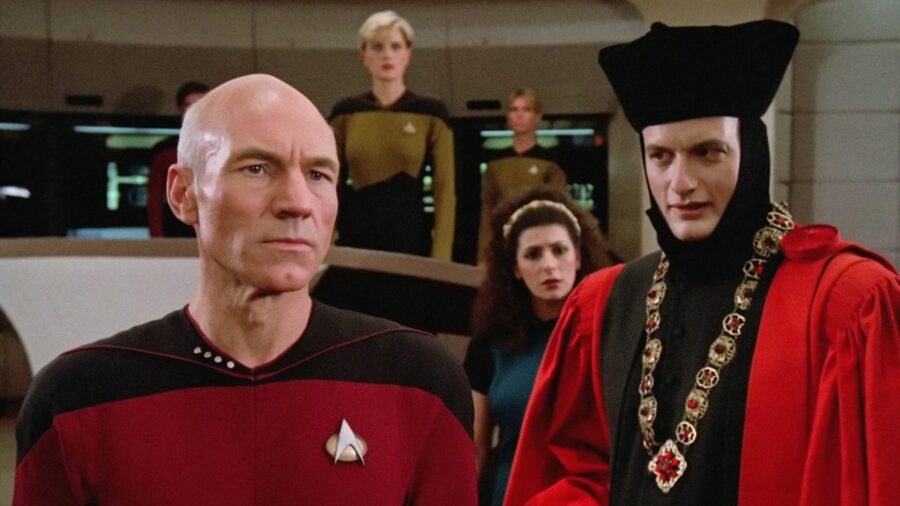
One of the ways that Behr (who, true to Piller’s word, later ended up as showrunner for Deep Space Nine) said the writing team tried to do this was by creating episodes that featured The Next Generation mainstays such as Lwaxana Troi (Deanna Troi’s overbearing Betazed mother) and Q (the godlike alien who frequently tormented Captain Picard). These have always been great characters, and the actors behind them are great at what they do. Unfortunately, their Season 1 episodes (in Q’s case, his only DS9 episode) were absolutely atrocious.
Fascination
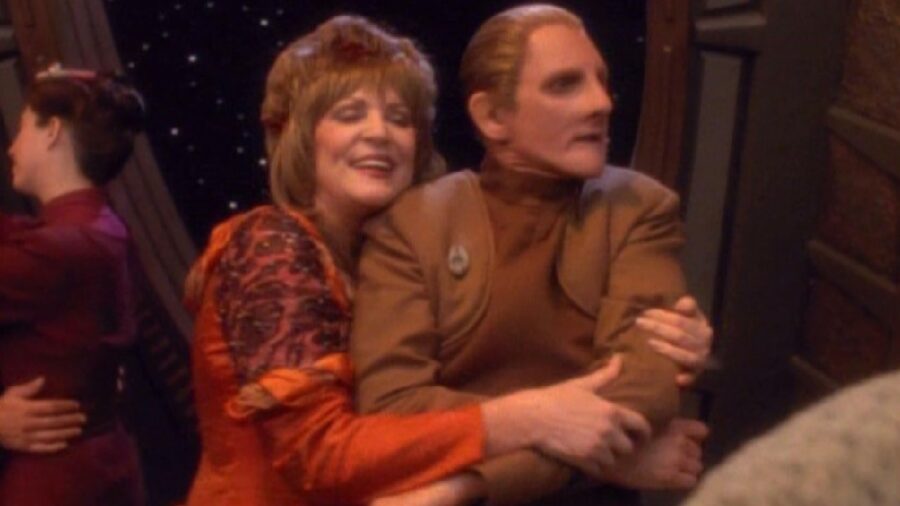
Just how bad did these Deep Space Nine episodes get? Lwaxana’s first episode, “Fascination,” has the character suffering from Zanthi fever, a condition that sometimes affects the older members of her telepathic race. The chief symptom is that her telepathic abilities are making characters who otherwise barely know one another suddenly profess their love, leaving audiences to wonder why Lwaxana’s introduction to this new spinoff was a “she accidentally makes everyone weirdly horny” episode.
Q-Less
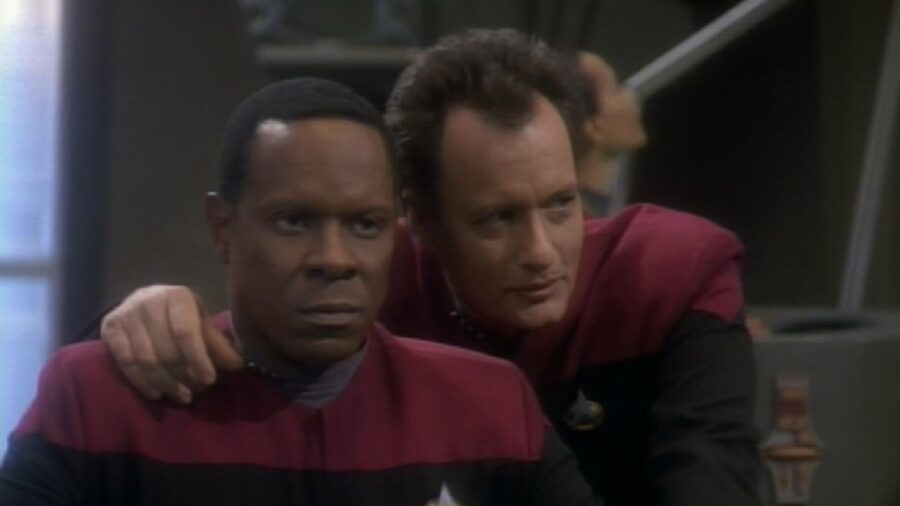
Arguably, though, Q’s one and only Deep Space Nine episode makes Lwaxana’s episode look like high art: the episode “Q-Less” has the impish alien appear on the space station in the company of Vash, Captain Picard’s one-time love interest who ran away with the powerful alien at the end of The Next Generation episode “Qpid.” The fan-favorite antagonist alien was literally only added to this episode to show how different the DS9 characters were from their TNG counterparts. However, I contend that we didn’t need to see Sisko punch Q out and angrily state, “I’m not Picard,” to know how different he was from the captain of the Enterprise.
Deep Space Nine Forged Its Own Path
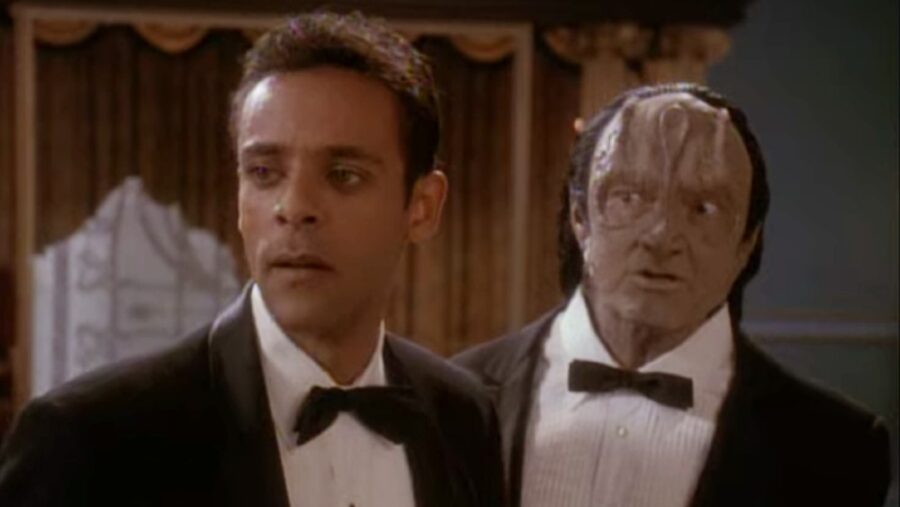
Fortunately, Deep Space Nine only got better over time, eventually becoming the best Star Trek series (set those phasers to kill, haters!). However, fans still discuss how bad its first season was, and it’s fascinating to know that some of those awful episodes were due to the fact that Paramount wanted something more like The Next Generation. That kind of lightning-in-a-bottle is hard to replicate (even with 24th-century technology), and DS9 only reached its full potential when it could do what Piller always wanted it to do: become Ira Steven Behr’s baby.












